You might be wondering how many cups in a pint. Recipes often use units of measurements differently from one another, especially if you’re looking at cuisines from different countries. We’ve compiled a convenient conversion chart below to make this super easy every time!
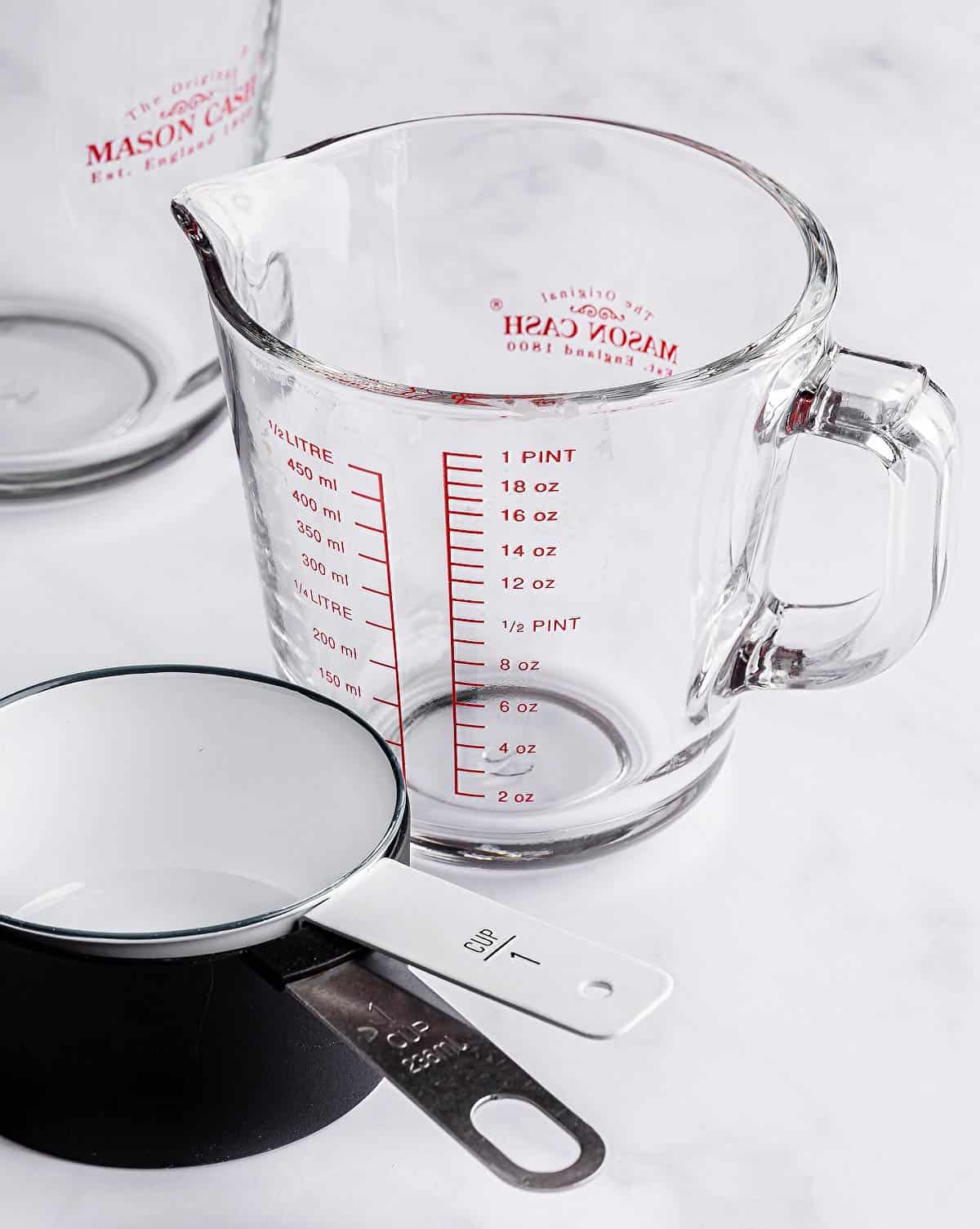
It’s really easy to do your cups to pints conversion with just a few tips.
You may have found yourself wondering now and again how big a pint is. The pint is a very common unit of measurement, but people often estimate or guess how much it is without knowing the exact volume of a pint. Think about it: many people know what a pint glass looks like, but how much liquid does it hold?
The pint is a commonly used unit of measurement in the UK and in the British Commonwealth, but it’s rarely used in the United States and in many other countries that prefer the metric system.
It might not be as widespread as some of the other, more common, culinary units of measurement, but it’s still important for cooks to know.
Whether you’re scaling up or down, or you have to use a measuring cup to measure out one pint, you’ll want to get familiar with pints.
Understanding the Pint
The word “pint” probably comes from the Old French pinte, in reference to the painted lines on a measuring cup to denote volumes. Pints are a standard unit for beer glasses in the United Kingdom, where most beer comes in a pint. It’s also the origin of the term “pint-sized”, meaning small. Curiously, in South Australia, asking for a “pint” at a pub will get you a glass about ⅘ the size of a pint. They call a “true” pint an “Imperial pint”.
Cups to Pints
There are two cups to one US pint. Each single cup is about a half pint. You’re probably measuring half pints and pints out all the time without even realizing!
Of course, it depends a little on what you’re measuring. There are a few techniques to bear in mind to ensure that any ratios you follow stay consistent for best results.
Imperial Pints vs. American Pints
First of all, in the United Kingdom, Ireland, and throughout most of the British Commonwealth, a pint is around ⅕ bigger than a typical US pint. A British or Imperial pint is about 20 fluid ounces, while an American pint is more like 16 fluid ounces.
Measuring Liquid Ingredients vs. Dry Ingredients
In the art and science of baking, measurements are critical. Getting your measurements right is the difference between a great cake and a terrible one.
It’s vital that, if you haven’t already, you learn how to precisely measure ingredients to ensure that your cake is perfect every time. No more overly moist or dry cakes that can’t rise properly!
There are plenty of different styles of measuring cup out there. There are big plastic or glass containers with handles and markings, or little hand-held literal cups for one specific size.
Of course, it’s important to point out that there are actually two different kinds. That’s right, the difference in these measuring cups really comes down to whether you are measuring out liquid ingredients or dry ingredients.
❗ Measuring cups for liquids typically have little pouring spouts on the side to make liquid transfer easier. This also helps prevent you from overfilling your cup.
❗ Measuring cups for dry ingredients, on the other hand, generally have a smooth brim and a flat top. To properly measure out your dry ingredients, take a butter knife and slide it across the top so that a clean, even amount of dry ingredients remains with a flat top.
Some dry ingredients, however, have special rules. Brown sugar, for example, packs very tightly into the measuring cup. Flour, on the other hand, should not be tightly packed, as this can make your recipe overly dry.
To properly measure dry powdered ingredients, you want to take a smaller spoon, scooping it into the measuring cup until there is enough to fill the measuring cup. Then use your butter knife technique as above to make it an even amount. If you’ve ever seen “scoop and level” in recipe instructions, this is what was referring to.
Other items, like rice, oats, or granulated sugars, simply demand that you fill the measuring up till full, and shake and shimmy it until just right.
Liquid ingredients have different demands. You’ll want to use a measuring cup with a spout or a larger measuring cup with varying amounts. If using the latter, simply place the measuring cup on a flat, level surface like your kitchen counter. Then slowly pour out the liquid ingredient until it reaches the desired amount.
It’s best to get yourself to eye level with the cup to get the most precise measurement.
Conversions
For pints and cups, it’s easy. One pint = two cups. Two cups = one pint. Got it? Great!
The below table offers a more detailed view of the conversion from cups to pints, with other common volumes listed, too.
| Cups | Pints | Quarts | Gallons | Ounces |
| 1 c | ½ pt | ¼ qt | 1/16 gal | 8 oz |
| 2 c | 1 pt | ½ qt | ⅛ gal | 16 oz |
| 4 c | 2 pt | 1 qt | ¼ gal | 32 oz |
| 8 c | 4 pt | 2 qt | ½ gal | 64 oz |
| 12 c | 6 pt | 3 qt | ¾ gal | 96 oz |
| 16 c | 8 pt | 4 qt | 1 gal | 128 oz |
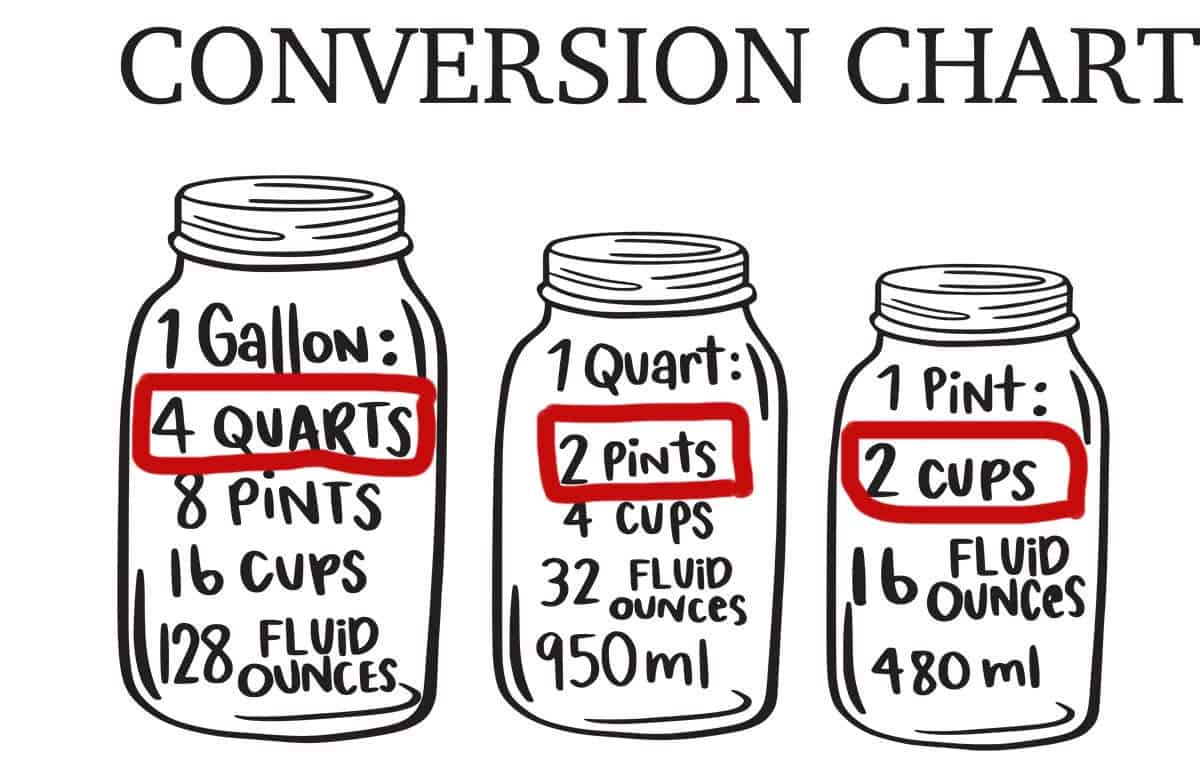
You can usually follow the below guide:
- 2 cups = 1 pint
- 2 pints = 1 quart
- 4 quarts = 1 gallon
A Special Note About Liquid Pints and Dry Pints
❗Typically, when a recipe demands a pint, it means a liquid pint. A dry pint, if it specifically calls for it, is equal to 18.6 US fluid ounces or 2.325 cups.
Other Measurement Conversions
How Many Tablespoons are in ¼ Cup


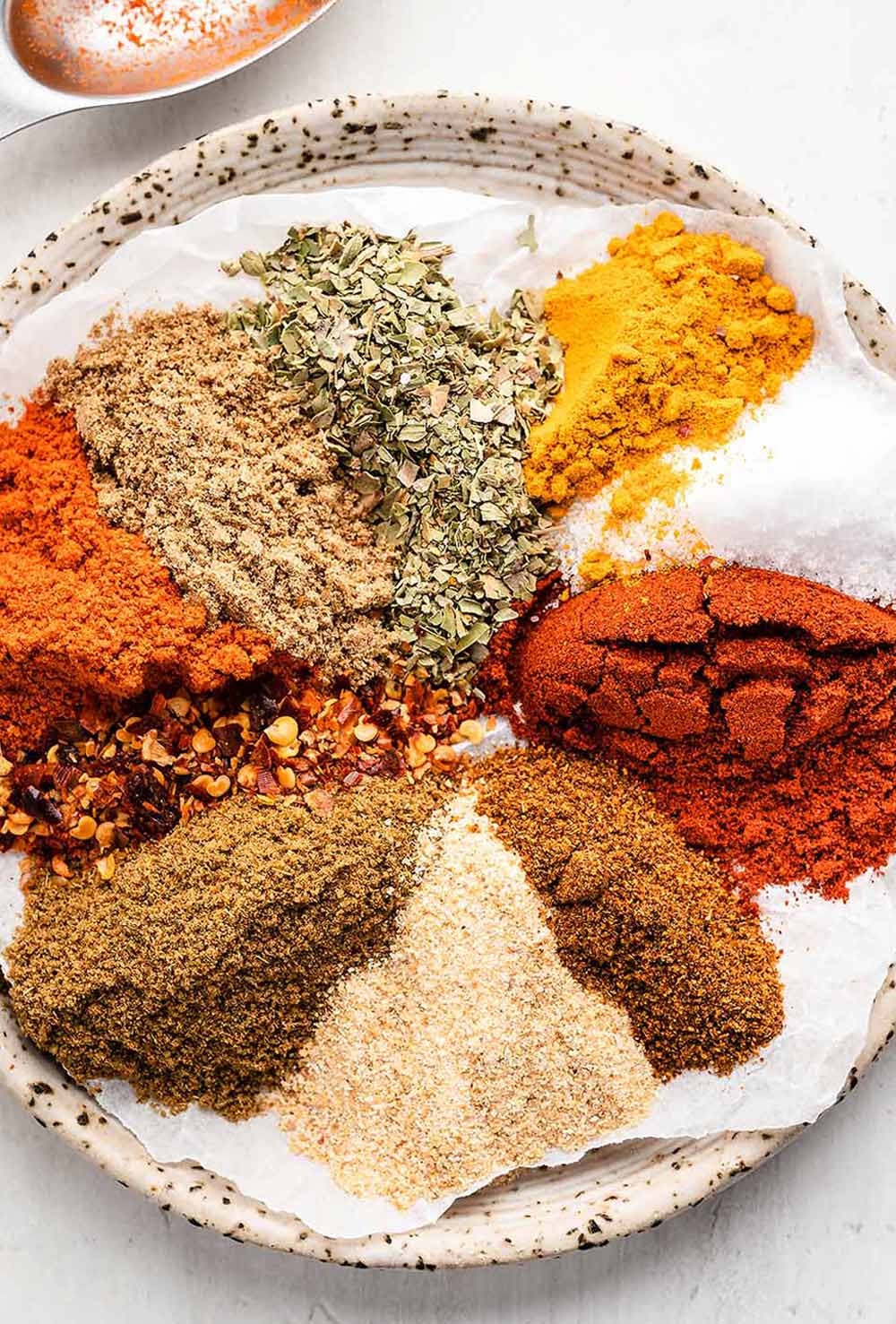
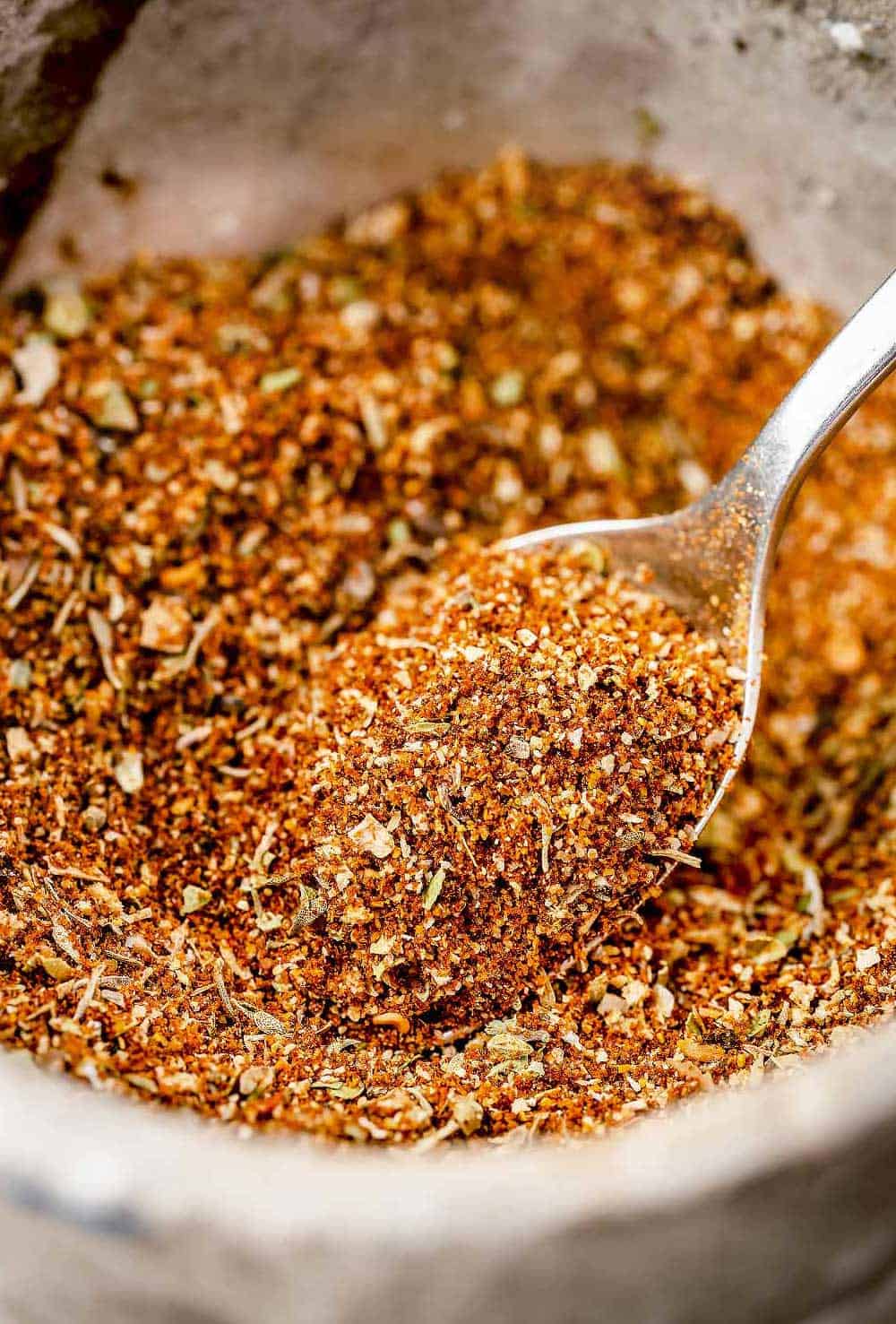
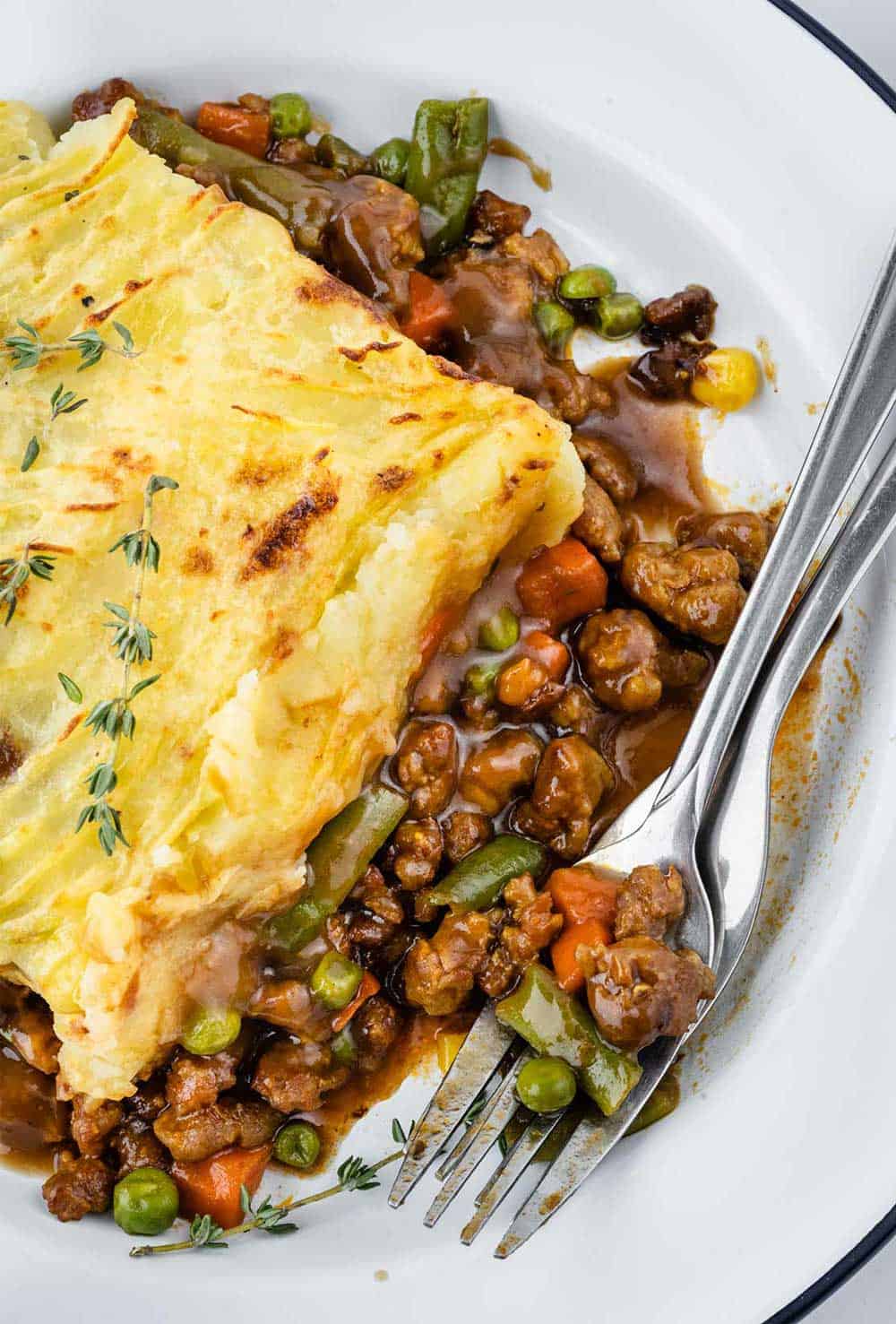
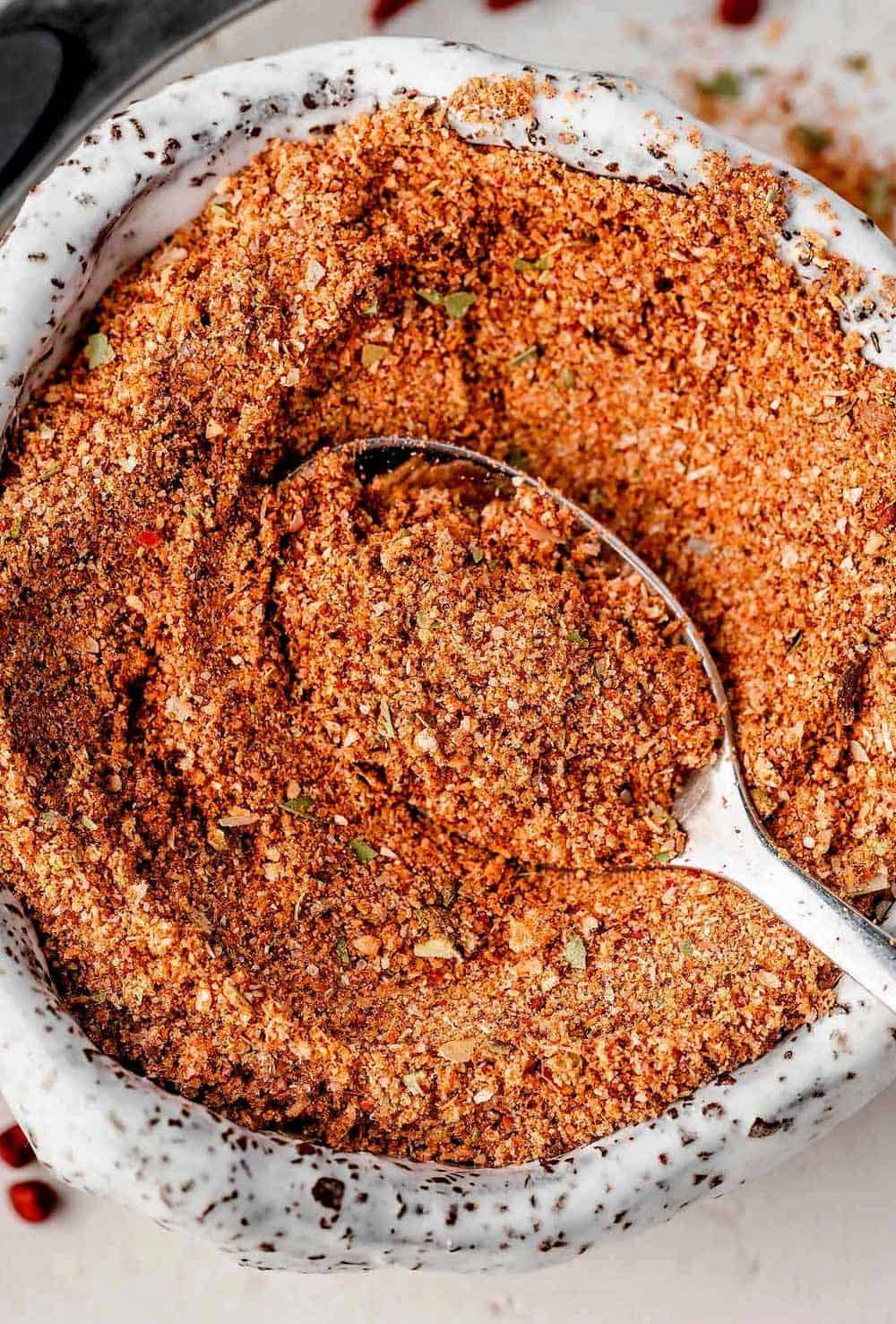
Leave a Reply